Enhance the ambiance of your farmhouse kitchen’s dining area with thoughtfully placed lighting fixtures. Explore pendant lights, chandeliers, and other lighting options that create a warm and inviting atmosphere for family meals and gatherings.










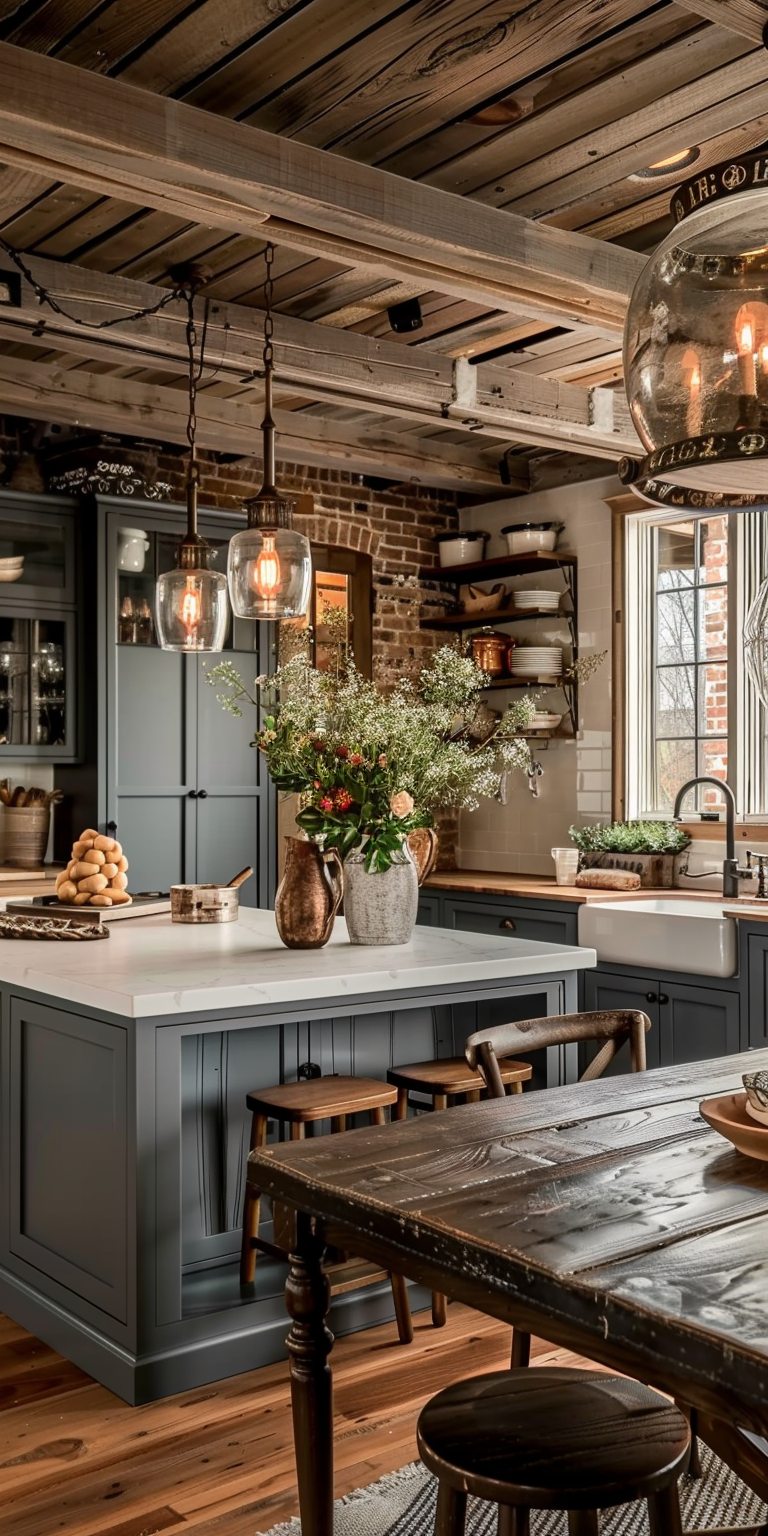

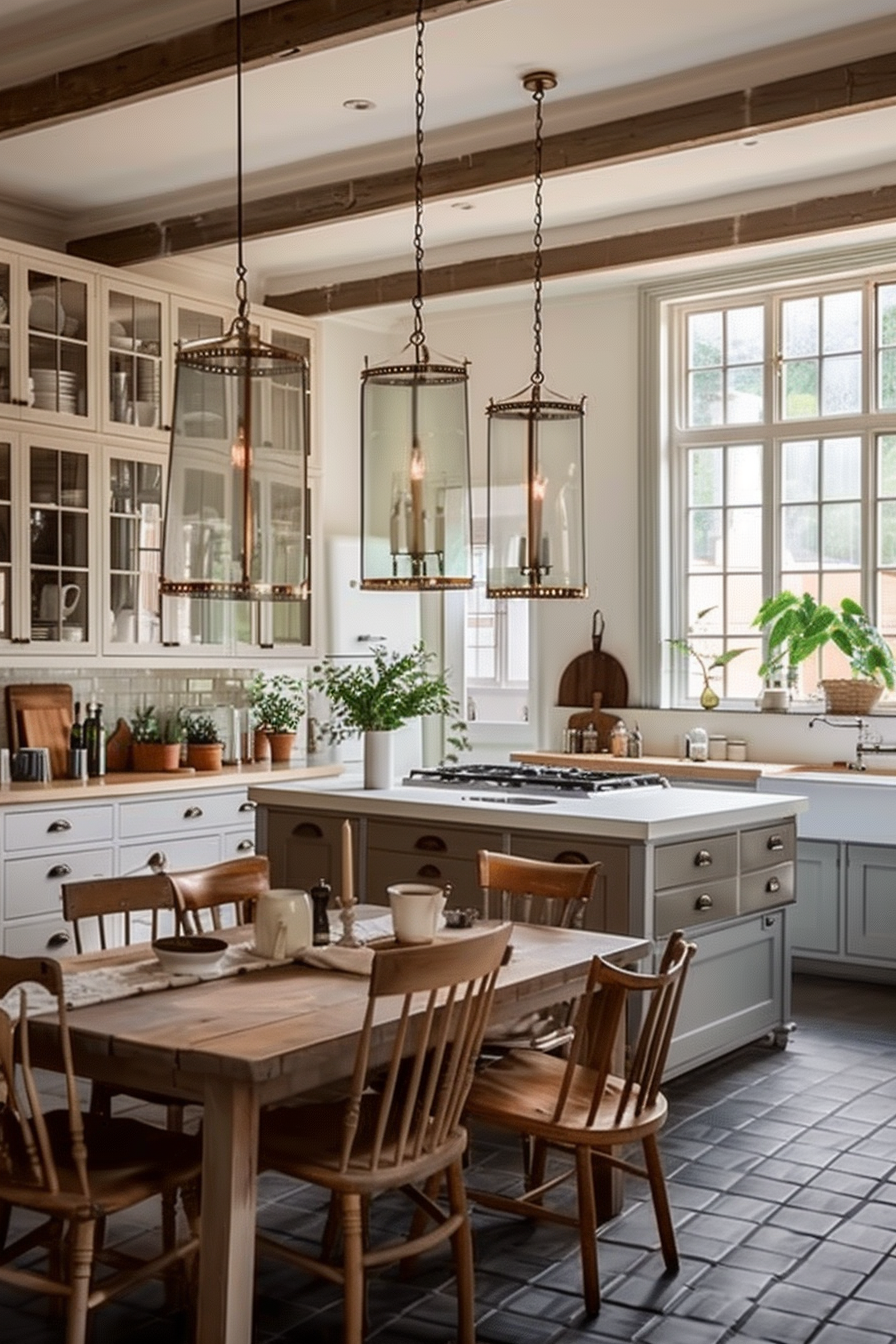




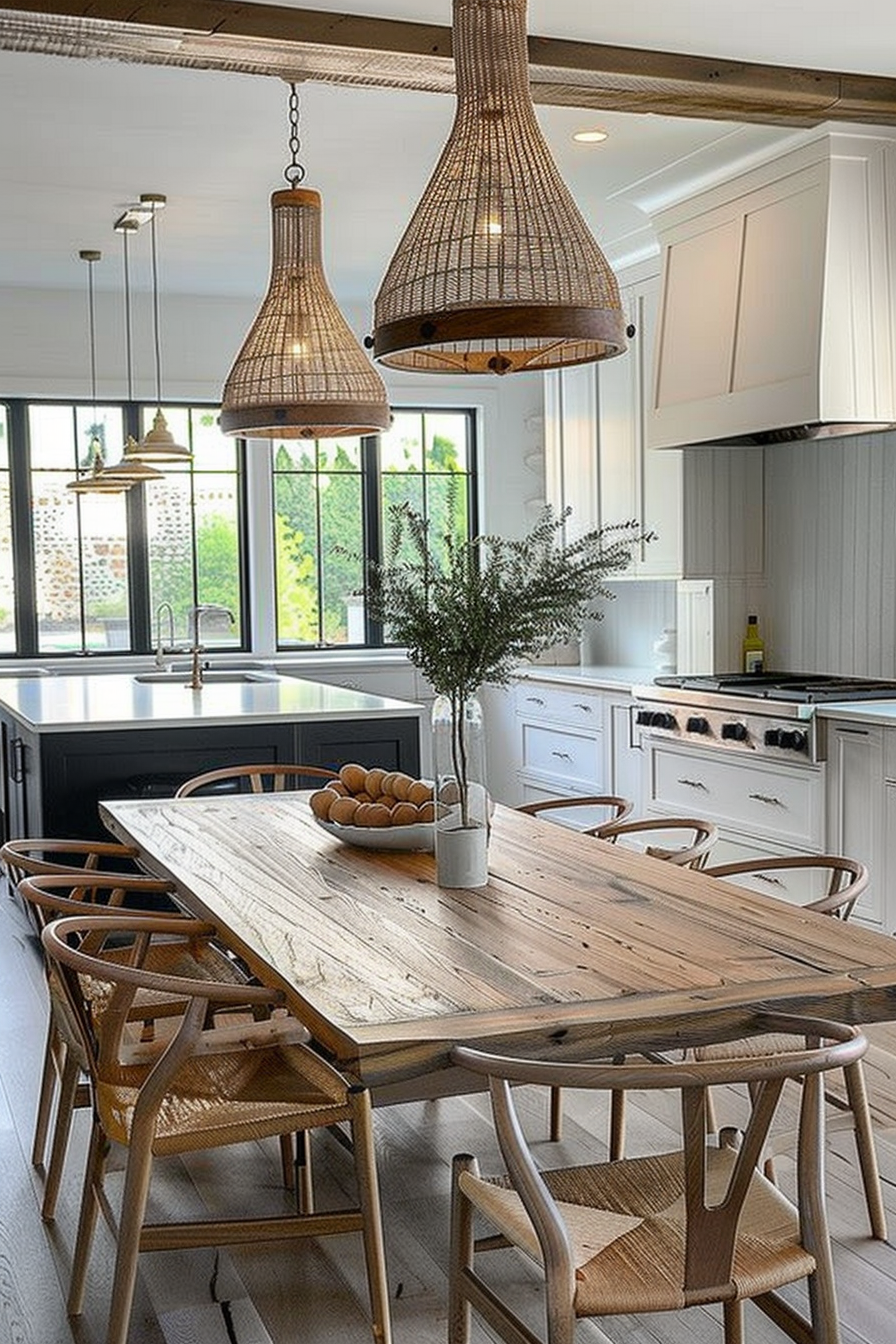



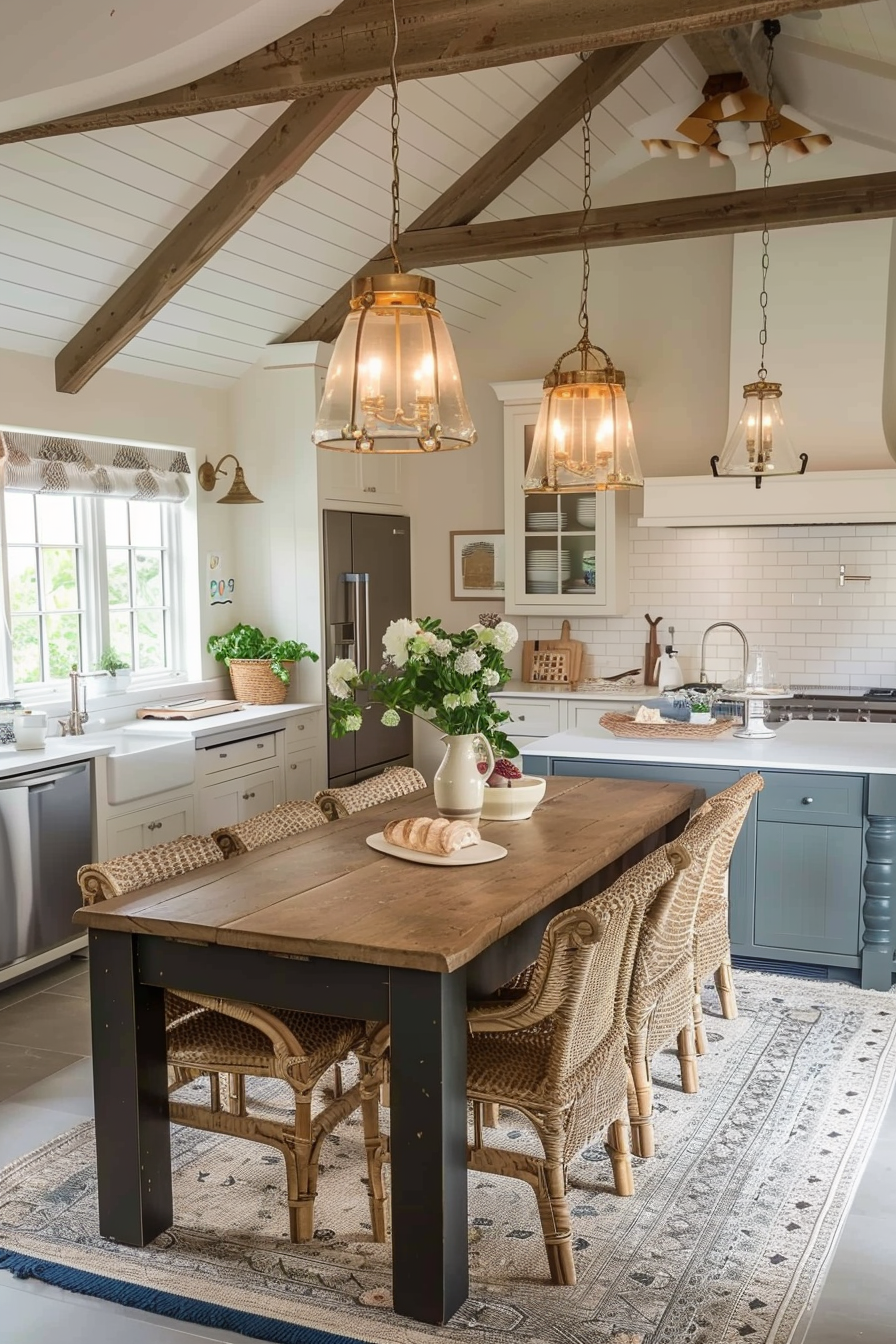






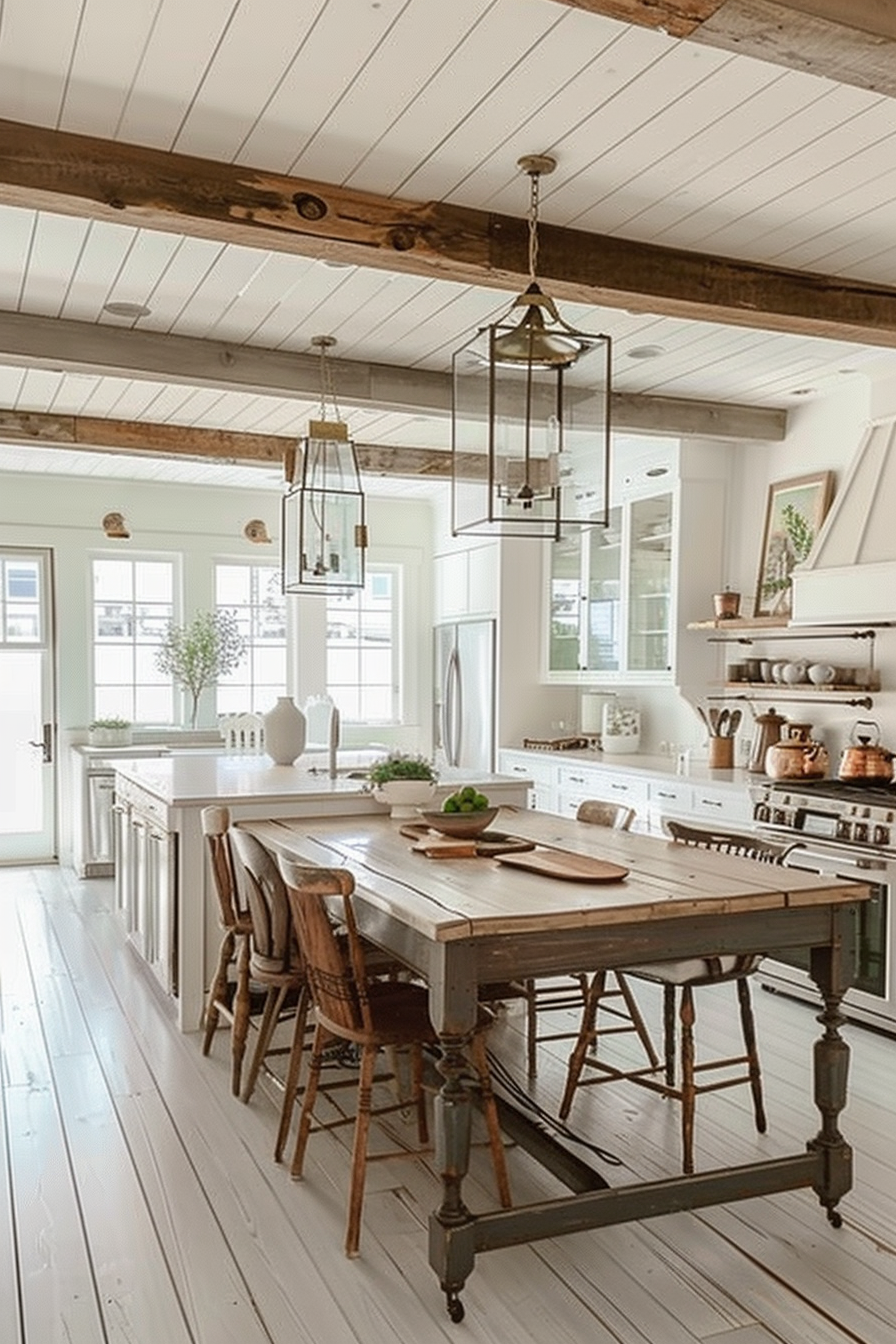





















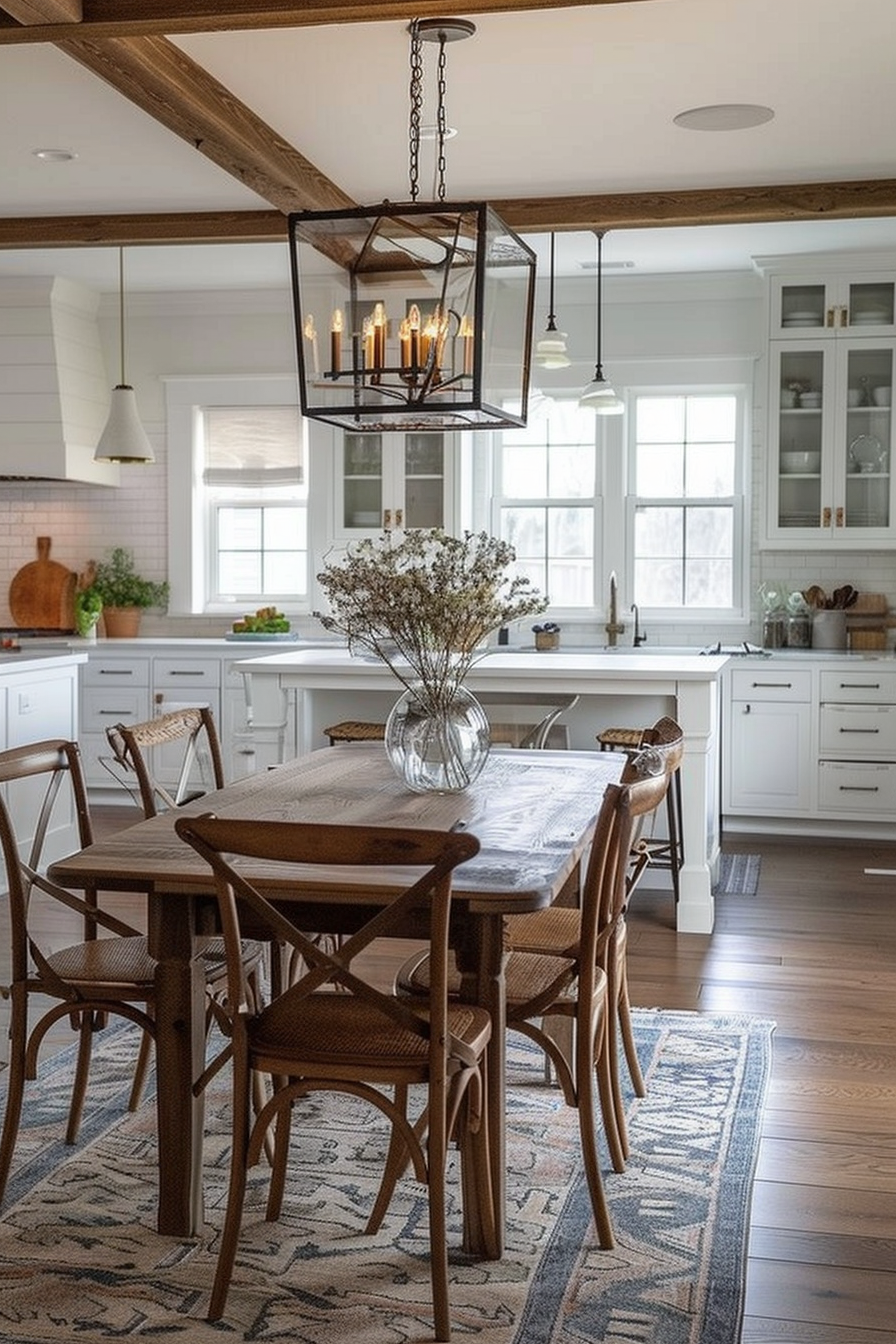

Follow Quiet Minimal on Pinterest for more home design tips and inspiration.


